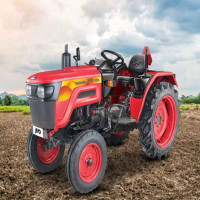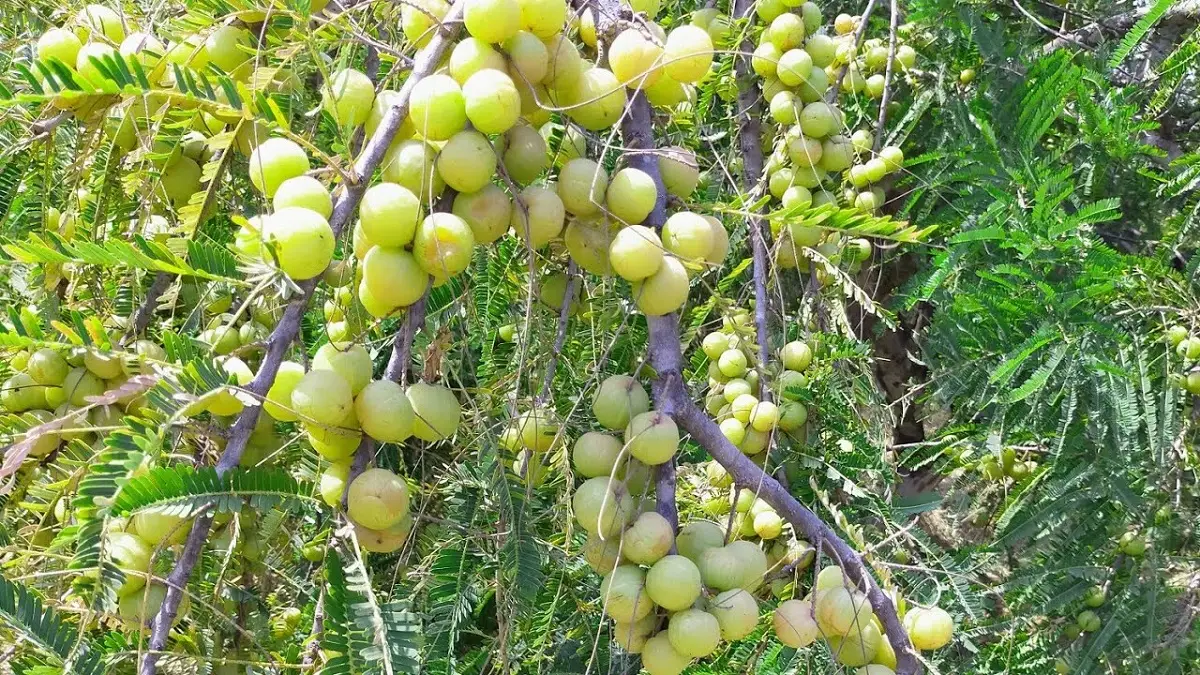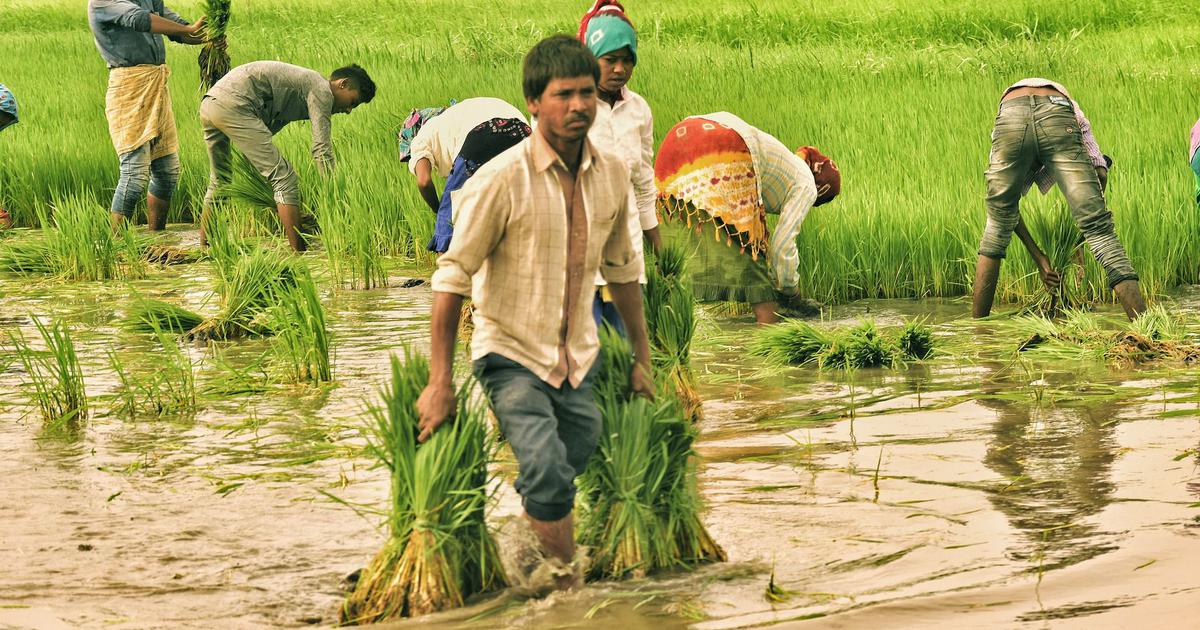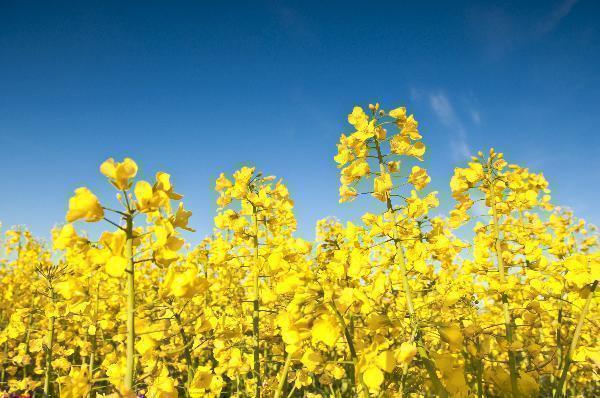The Ultimate Guide to Growing Green Peas

Strong 8k brings an ultra-HD IPTV experience to your living room and your pocket.
Green peas are amongst the most popularly grown and nutritious Indian crops. They are grown in their fresh, frozen, or dry states and are rich in vitamins, proteins, and dietary fibre to a large extent. Peas are also taken as cash crops, and the farmer can receive a great profit by growing them with proper cultivation techniques.
This blog is going to help you through how to do the farming of green peas in India, from cultivating the soil to harvesting.
Step-by-Step Guide to Green Pea Farming
Each step involved in green pea farming has some significance in raising a healthy crop as well as a good amount of profit-bearing yield. To know more about it, follow the details presented below.
Choosing the Right Variety
There are various kinds of green peas cultivated by farmers, and choosing the appropriate one is essential for maximum yield. The variety best suited to you will depend on the place and soil fertility. Some of them are well-suited to grow in colder places, whereas others are suitable for early maturation or high yield. Both hybrid and local varieties are being cultivated in India for better yield and quality.
Soil Preparation
Green peas need well-drained, rich soil to mature. The soil must contain organic matter, which keeps the water level and facilitates drainage of excess water. You should preferably take a soil test beforehand, as it will determine the ph, fertility, and nutrient level. The crop also likes slightly alkaline soil of ph 6.0 to 7.5.
For effectively preparing the soil, the New Holland Tractor 3630 TX Plus is the best choice. With a 50 HP engine, this tractor contains a 60-litre fuel tank capacity for longer working hours. It's ideal for executing multiple farming processes and is a preferred choice for many farmers.
Sowing
Once the soil is prepared, then plant the pea seeds. There should be appropriate depth of putting the seeds and sufficient distance between them. Typically, seeds should be planted 3 to 4 cm deep, and between each row there should be 30 to 40 cm of space. It makes plants grow well without struggling for sunlight, water, or food.
Watering
Green peas require a moderate level of water to grow, but overwatering the plants can kill them. The ground should remain moist but not too wet, particularly when seeds are developing and flowers are emerging. However, if the ground is too wet, the roots may rot. Therefore, one should provide only enough water without overwatering the field.
Weed Control
Weeds take some of the valuable resources, such as water, sunlight, and nutrients from the crop, so it is important to remove them. Farmers can control them manually or by using simple farm equipment such as a hoe. For proper growth, they must be removed regularly. You can also place organic mulch (such as dry leaves or straw) around the plants to prevent weeds from sprouting.
Fertilization
Green peas should be well fertilized to grow well. Farmers apply fertilizers such as nitrogen, phosphorus, and potassium. Nitrogen is used to grow leaves, phosphorus for the development of roots, and potassium to enable the plant to resist diseases. They may be applied to the soil prior to planting or during planting. Also, make sure not to overuse fertilizer since it can kill the plants.
Control of Pests and Diseases
Green peas can be damaged by insects such as aphids and caterpillars, and diseases such as powdery mildew. Crops must be monitored frequently by farmers in order to spot problems early. If pests or diseases break out, natural control options like neem oil may be used. They are harmless to the environment and beneficial to insects.
Harvesting
Green peas should be harvested when the pods have formed and become plump. This is normally 60 to 90 days from planting, depending on the type of variety and weather. Peas need to be picked before the pods dry out to keep them tender and sweet.
Peas can be picked by hand, particularly in small fields, or using a tractor in large fields. They must be handled carefully during picking to prevent bruising. Also, store them in a dry, cool environment or freeze or dry.
Conclusion
Overall, green peas cultivation in India can be a very profitable opportunity if done the right way. By choosing the proper variety, soil preparation, proper sowing, and pest and disease management, farmers can have a bountiful harvest. They are in great demand, and with proper care, farmers can get excellent returns on their investment.
Using a tractor in farming makes tasks like land preparation and sowing faster and more efficient. Farmers who cannot afford a tractor entirely can go for a tractor loan, which offers convenient financing options. This enables them to adopt modern farming practices, save time and labour, and ultimately enhance crop yield and revenue.
Note: IndiBlogHub features both user-submitted and editorial content. We do not verify third-party contributions. Read our Disclaimer and Privacy Policyfor details.





